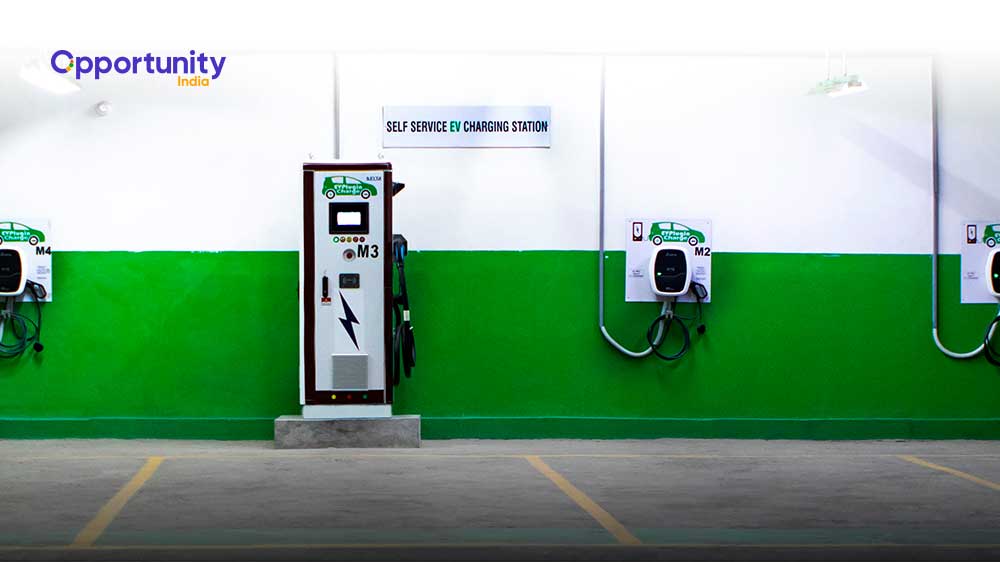
Out of 28 states in India, 20 of them have by now come up with the final state level electric vehicle policy. These state policies aim to encourage India’s conversion from internal combustion engines (ICE) to Electric Vehicle (EV).
The central ministry proclaims a goal to transition from new sales of ICE (Petrol & Diesel) vehicles to 100% plug-in electric vehicles (EV) by 2030. The government is also aiming to transform India into a global hub for electric vehicles manufacturing. On the contrary, the government is not clearly explaining the shortcomings of EVs, Here we want our readers to understand the major difficulties if EVs are launched in the coming days.
Barriers to EV adoption
From consumers' angle several studies imply that the differences in the characteristics of EVs and ICEs can have barriers to EV adoption. The short driving range of EVs is a significant barrier to faster adoption.
Can’t cover long distance
The range of EVs, or the distance a car can cover before needing a recharge, can be a problem. They can only cover a few km daily. Long distance could be a challenge.
Battery recharge
Another reason is long battery recharge time and lack of charging infrastructure influences the demand.
High cost
The cost of EV being higher is another subject for adoption. Significant drop in EV cost will increase the demand and help in attaining the 2030 target for India. There are concerns with regards to battery life and consumers considering EV may depreciate in value more quickly than ICE vehicles.
Technical challenges
Charging infrastructure, developing this infrastructure also face obstacles. In some cases high land rent prices, lack of available land on which charging infrastructure can be installed; additionally intensive cost of purchasing and installing EV charging equipment, high cost of commercial electricity and stability of the grid in those areas or states is not easy. As well as the companies involved for establishing charging infrastructure have difficulty in creating sustainable business models as the profit margins are lower on electricity sold.

Lack of local supply chains
Lack of local supply chains for parts and components used for manufacturing EVs and batteries create obstruction for local manufacturing. As these manufacturing facilities require large capital investments, which includes high risk.
Automakers don’t want to invest
Automakers are not willing to make these investments owing to technological uncertainties especially with regards to battery technology. Battery-as-a-service business model was a new policy initiative that was introduced by the Ministry of Road Transport and Highways (MoRTH) that allows for sale of EV without the pre-fitted batteries.
Potential issues
Automakers also needed clarification on potential issues related to battery standards, safety, warranties and integration. 20 state EV policies have taken into consideration the recycling of batteries. However the details of the recycling process are not explained by any state.
Lack of synchronisation in action
The shift to EV at local or city level includes major challenges like coordination between departments, synchronisation of action, spatial planning and financial limitations. The process of transition is slower than expected since there are both governance and financial constraints at local levels.
Roads quality
The quality of roads will also play a crucial role, as the roads will need to be upgraded due to EVs being heavier than ICE vehicles largely due to the battery. As we all are familiar with the road qualities in our country and during monsoon they become worse than ever, raising the number of accidents and deaths.
Let’s now focus on the Supply Side Challenge.
Even if the state and central government have certain policies in sync, India will reach only 30% market share of EVs by 2030. This is mostly because of three particular reasons.
1) Government policies need more completeness of both demand and supply chains.
2) The high upfront cost/price of EVs and
3) The lack of charging infrastructure both in private and public domains.

